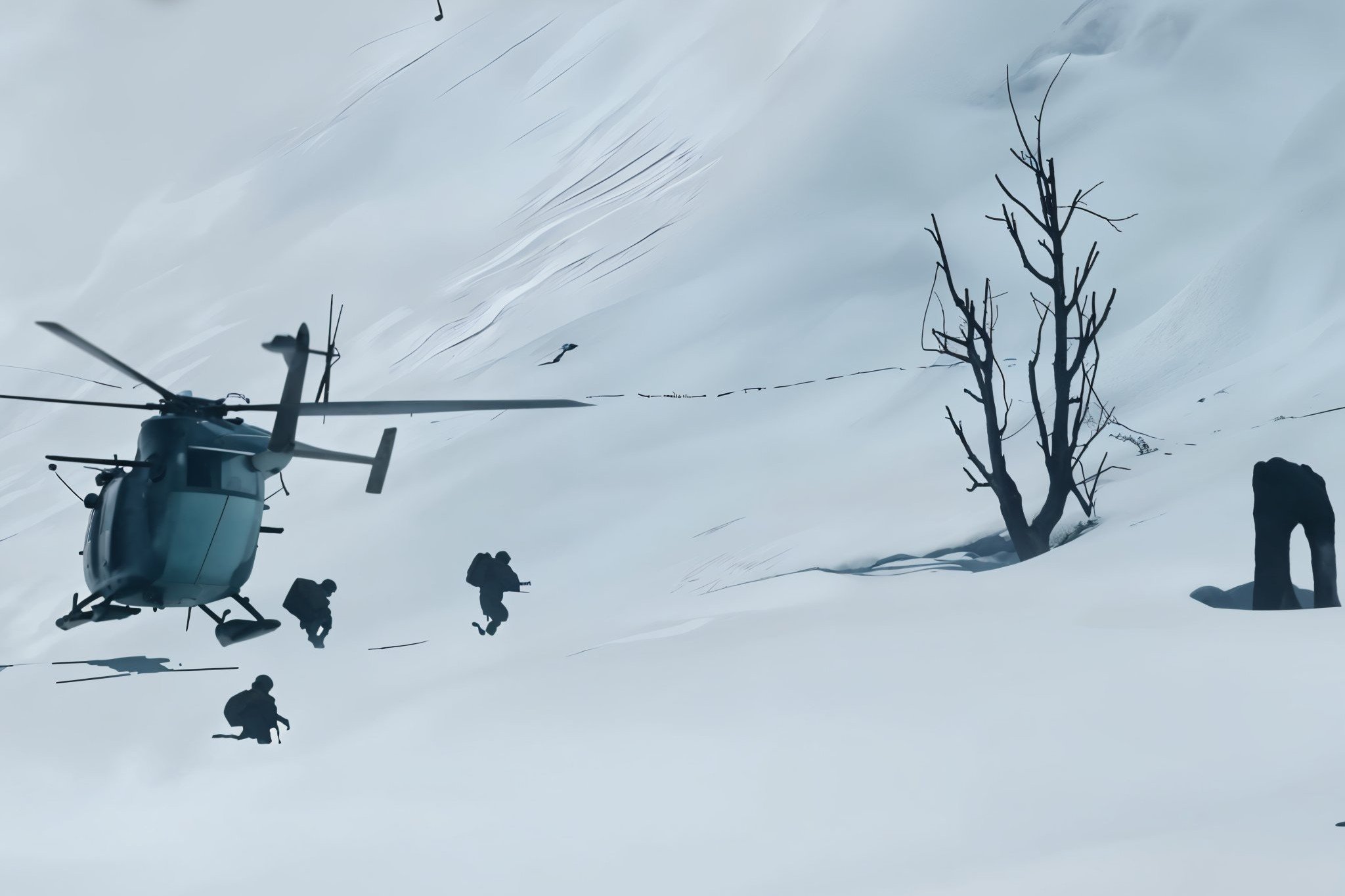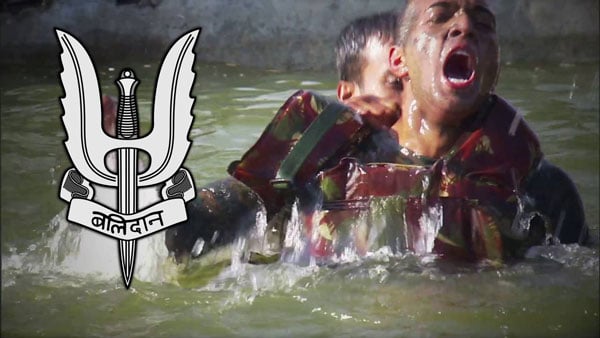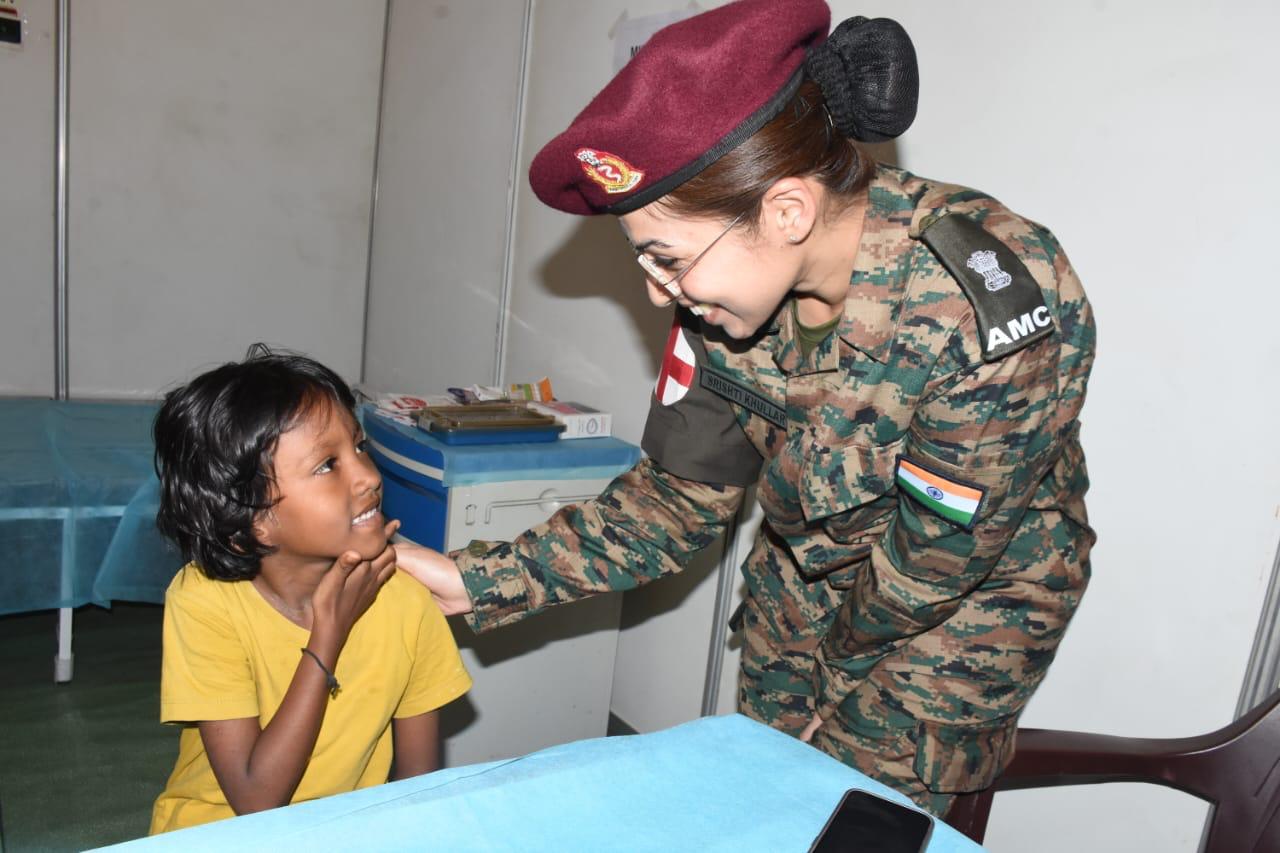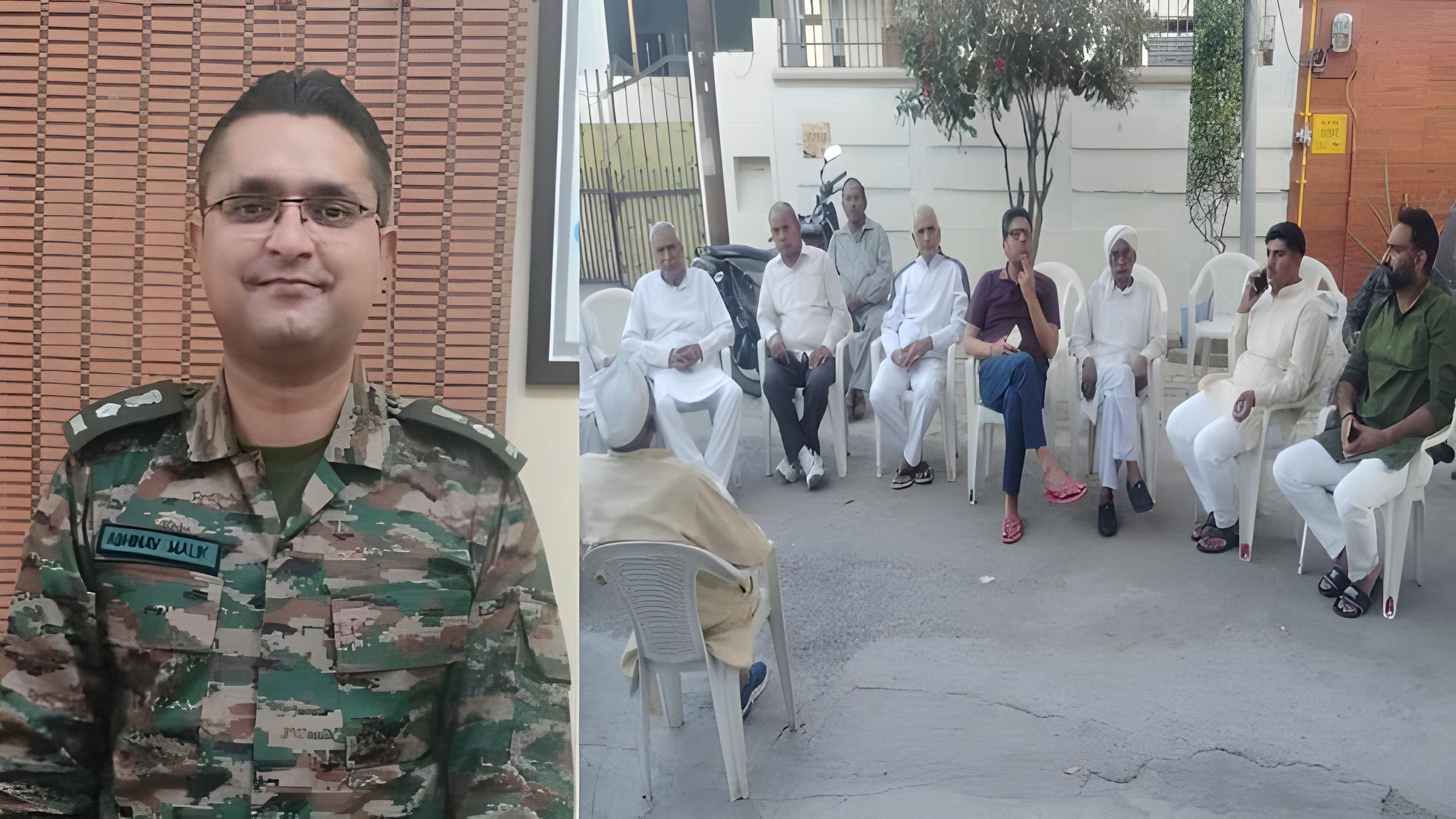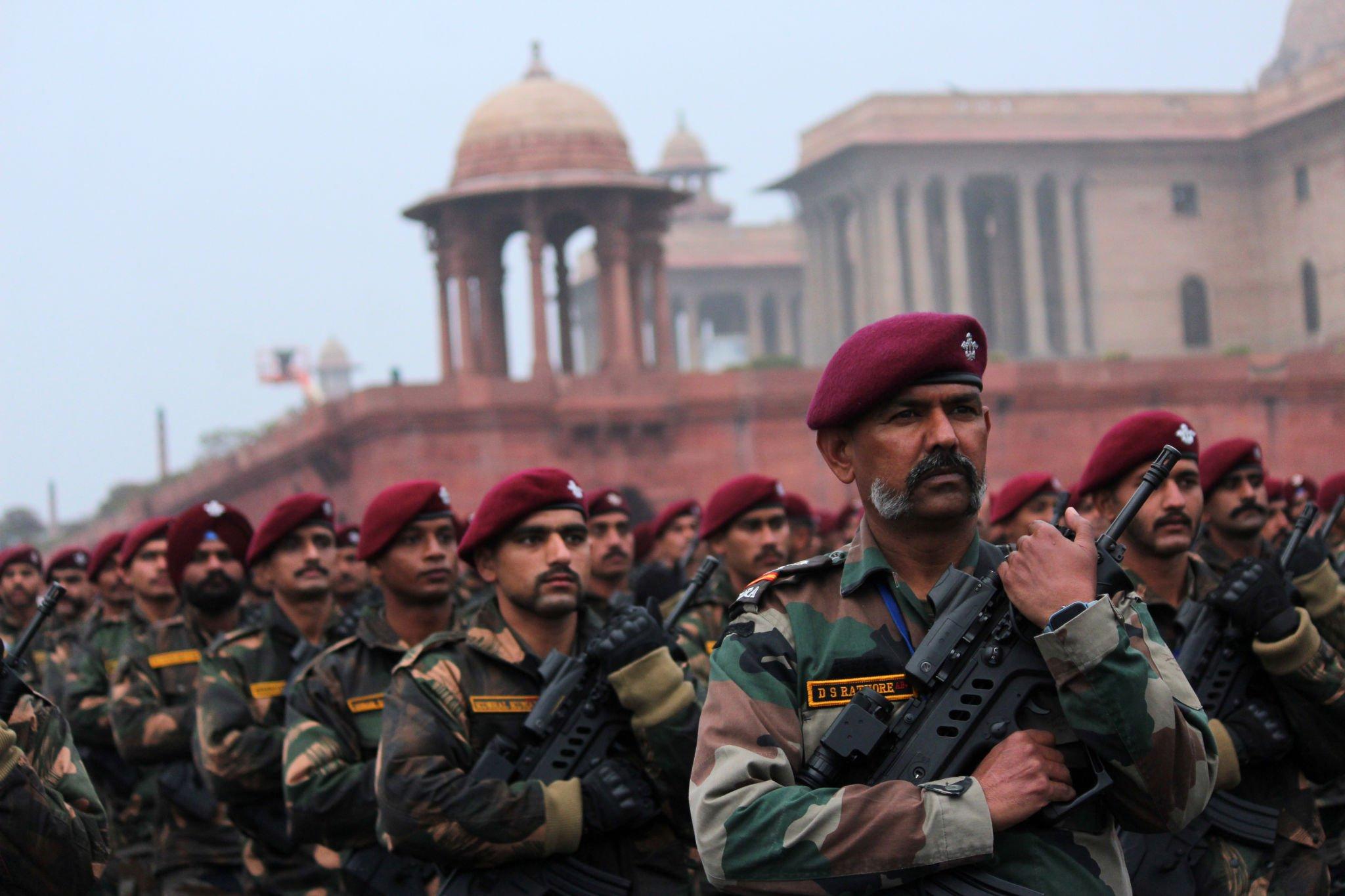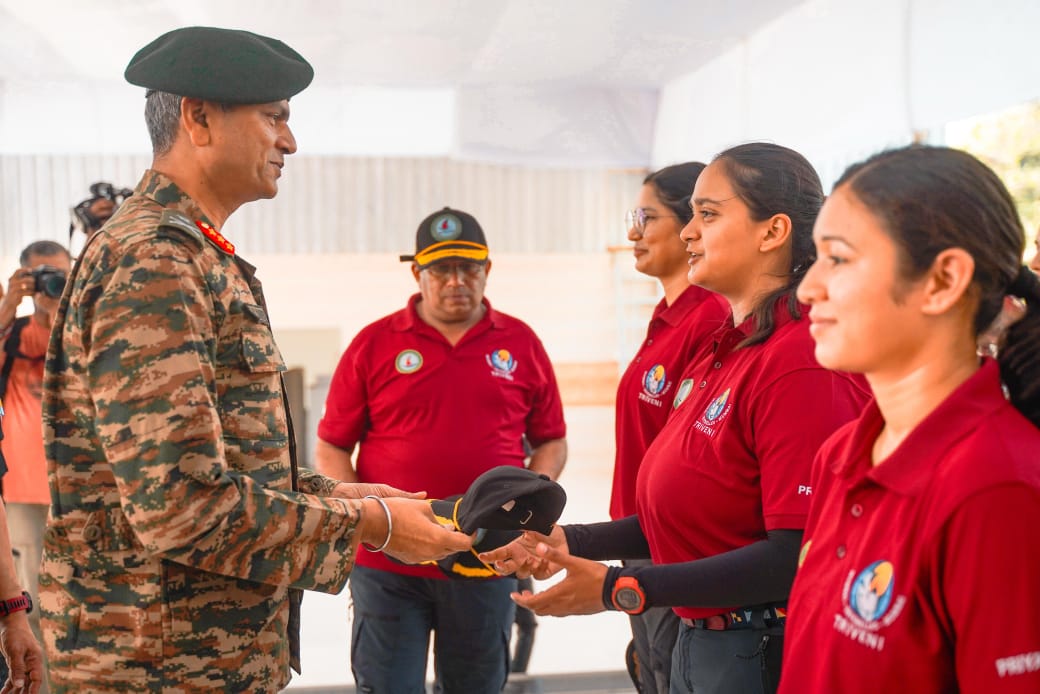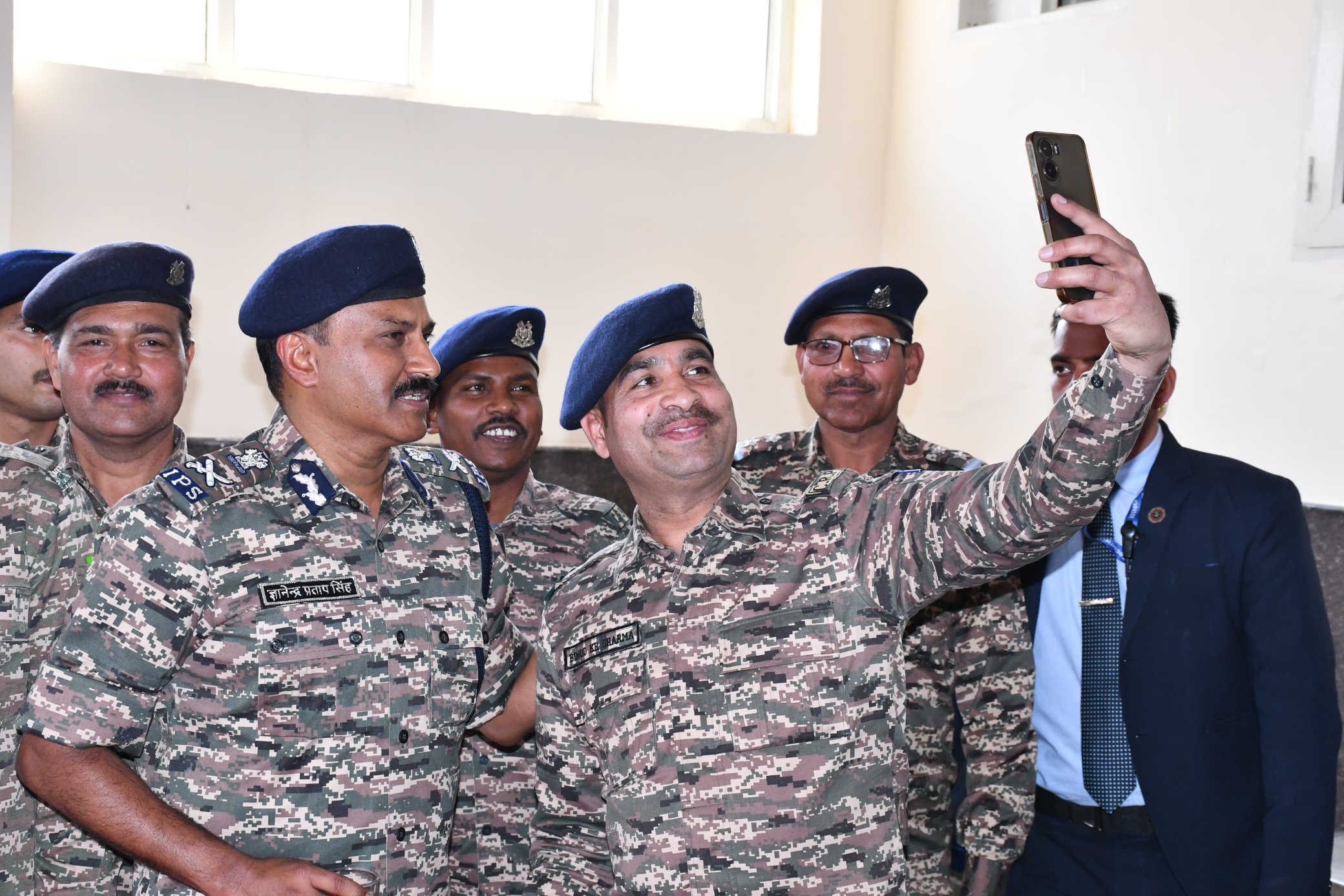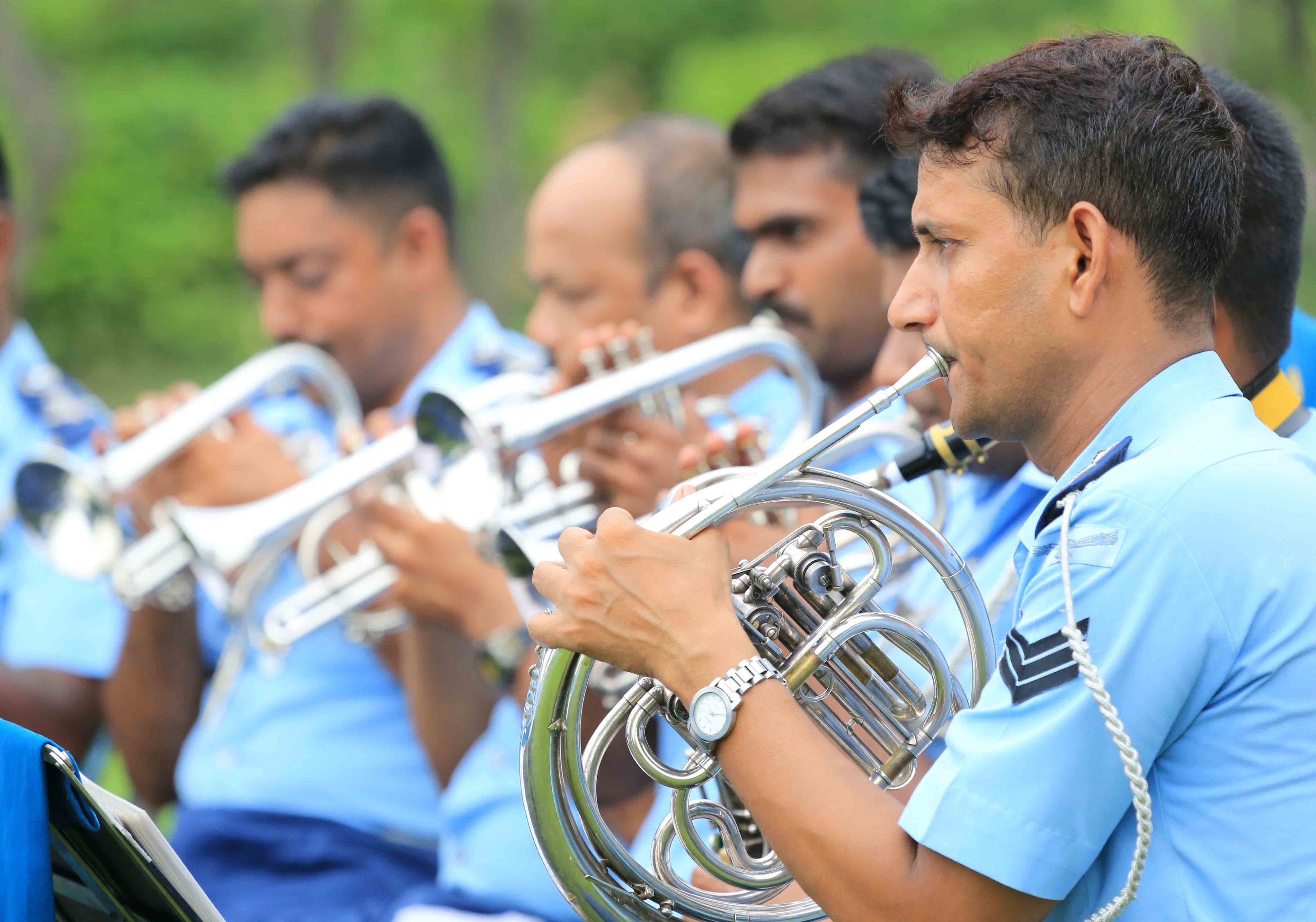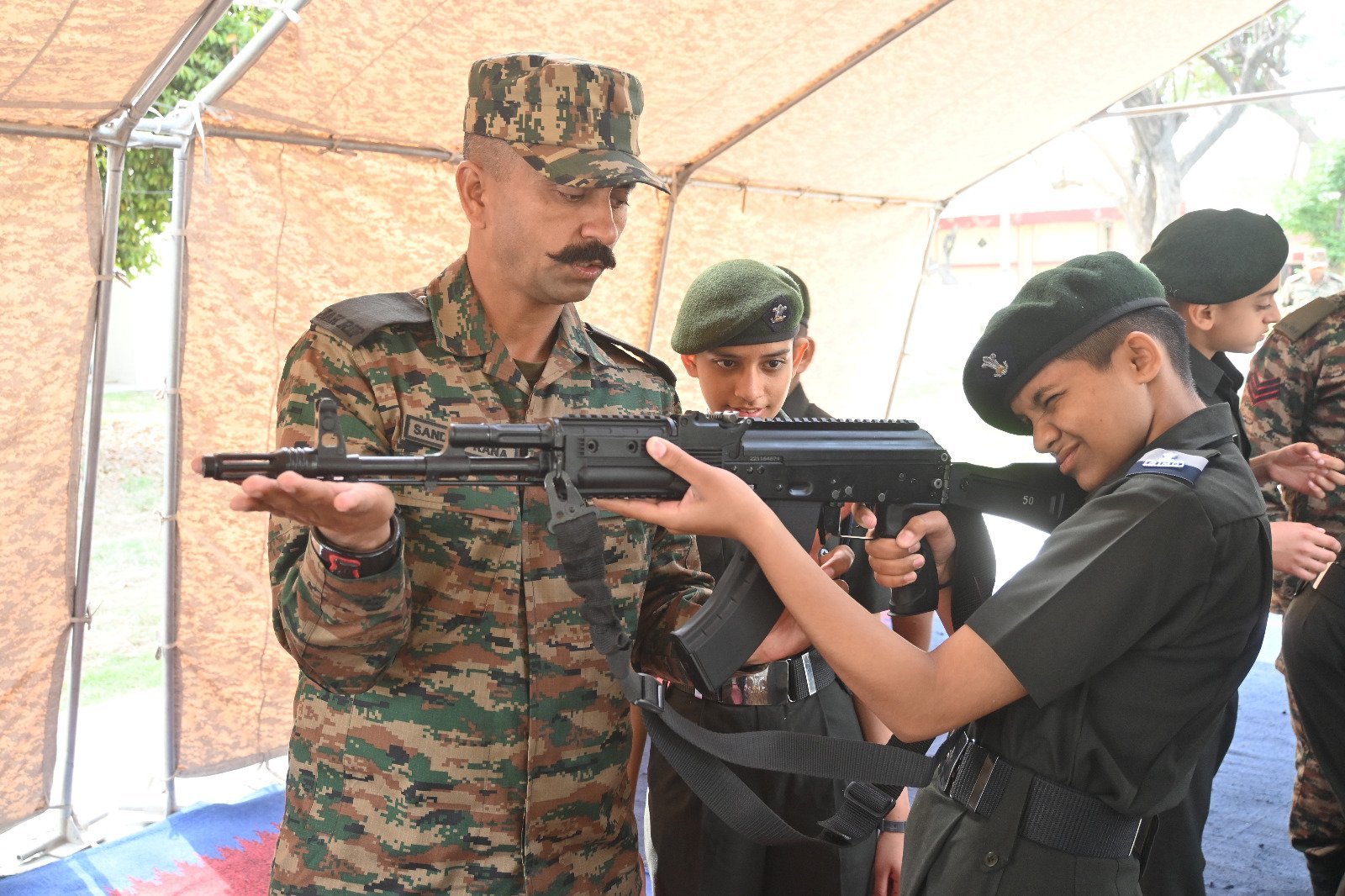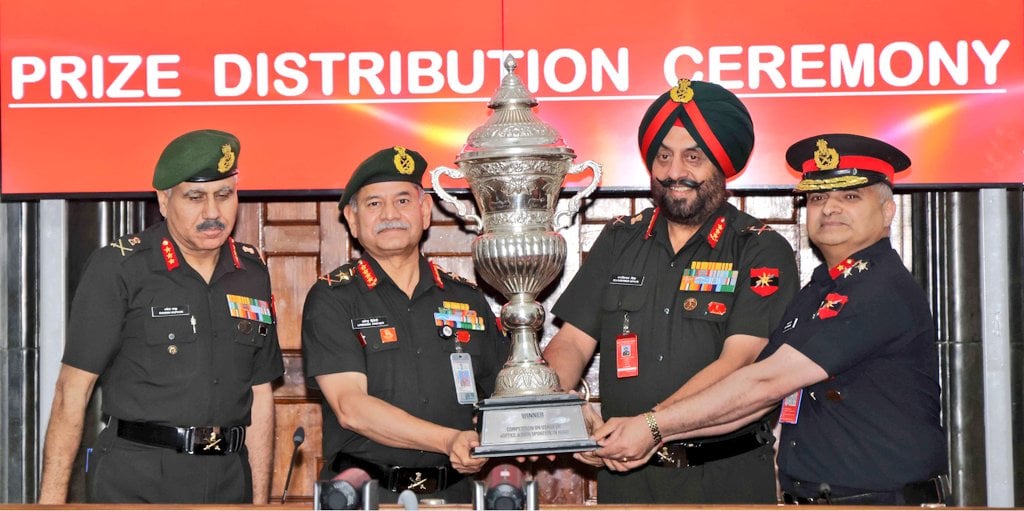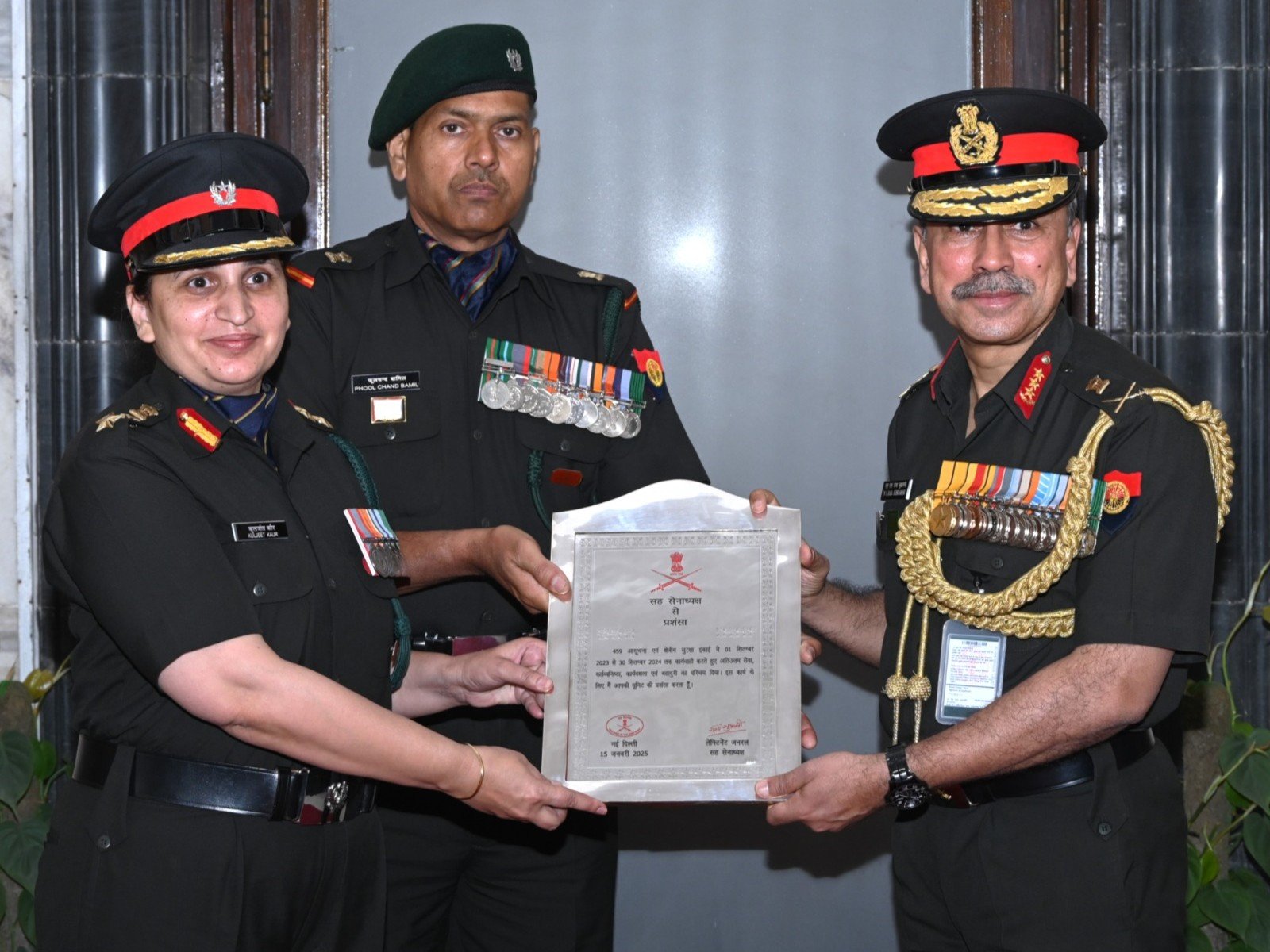Param Vir Chakra (PVC) is the highest gallantry award for officers and other enlisted personnel of all military branches of India for the highest degree of valour in the presence of the enemy. Introduced on 26th January 1950, this award may be given posthumously.
If any recipient of the PVC shall again perform such an act of bravery as would have made him or her eligible to be recorded by a Bar to be attached to the riband by which the Chakra is suspended, and for every such additional act of bravery, an additional Bar shall be added, and any such Bar or Bars may also be awarded posthumously. For every Bar awarded a replica of the ‘Indra’s Vajra’ in miniature shall be added to the riband when worn alone.

Literally, Param Vir Chakra means ‘Wheel of the Ultimate Brave’. In Sanskrit, ‘Param means Ultimate, ‘Vir (Pronounced veer) means Brave and ‘Chakra means Wheel.
The PVC is the equivalent award of the Medal of Honour in the United States, and the Victoria Cross in the United Kingdom.
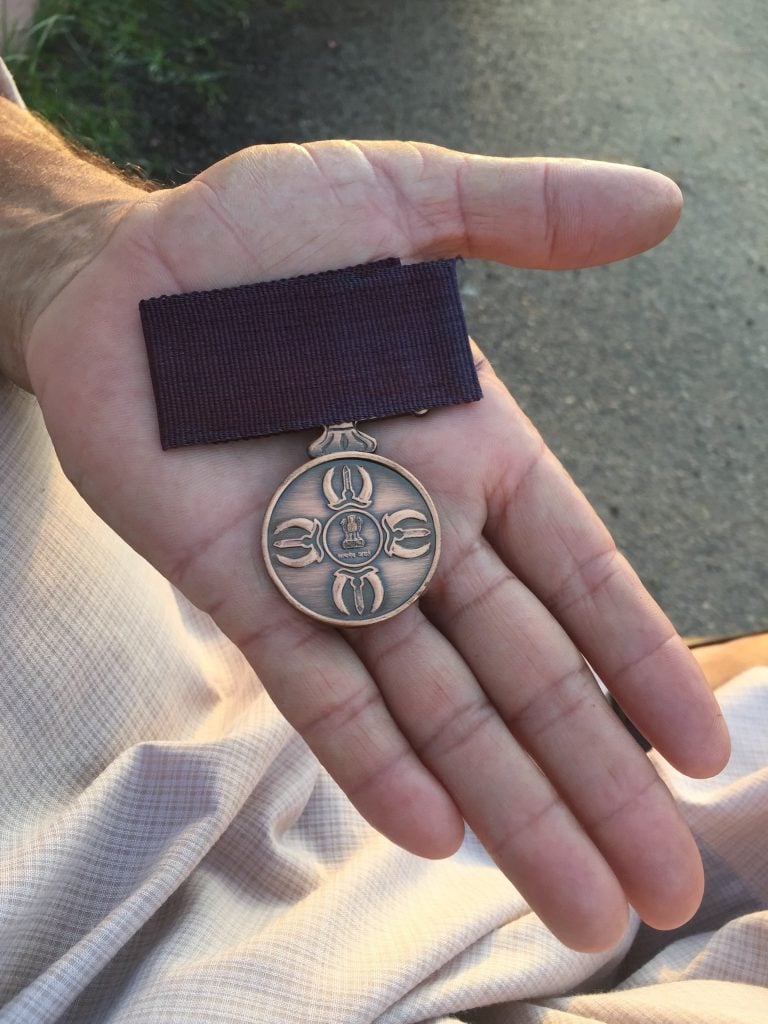
One amongst the luminous recipients of this honour was Flying Officer Nirmal Jiit Singh Sekhon, who was awarded the Param Vir Chakra posthumously in the year 1971. He is the lone Indian Air Force officer to have been honoured with the Param Vir Chakra till date.

Param Vir Chakra translates as the “Wheel of the Ultimate Brave”, and the award is granted for “most conspicuous bravery in the presence of the enemy”. As of January 2018, the medal has been awarded 21 times, of which 14 were posthumous and 16 arose from actions in Indo-Pakistani conflicts. Of the 21 awardees, 20 have been from the Indian Army, and one has been from the Indian Air Force. Major Somnath Sharma, was the first recipient. A number of state governments of India as well as ministries of the central government provide allowances and rewards to recipients of the PVC (or their family members in case of the recipient’s death). Only 21 military personnel have received this award to date
| Name | Rank** | Unit | Date of action | Conflict |
| Somnath Sharma | Major | Kumaon Regiment | 3 November 1947* | Battle of Badgam |
| Jadunath Singh | Naik | Rajput Regiment | 6 February 1948* | Indo-Pakistani War of 1947 |
| Rama Raghoba Rane | Second Lieutenant | Bombay Sappers | 8 April 1948 | Indo-Pakistani War of 1947 |
| Piru Singh | Company Havildar Major | Rajputana Rifles | 17 July 1948* | Indo-Pakistani War of 1947 |
| Karam Singh | Lance Naik | Sikh Regiment | 13 October 1948 | Indo-Pakistani War of 1947 |
| Gurbachan Singh Salaria | Captain | 1 Gorkha Rifles[d] | 5 December 1961* | Congo Crisis |
| Dhan Singh Thapa | Major | 8 Gorkha Rifles | 20 October 1962 | Sino-Indian War |
| Joginder Singh | Subedar | Sikh Regiment | 23 October 1962* | Sino-Indian War |
| Shaitan Singh | Major | Kumaon Regiment | 18 November 1962* | Sino-Indian War |
| Abdul Hamid | Company Quarter Master Havildar | The Grenadiers | 10 September 1965* | Battle of Asal Uttar |
| Ardeshir Tarapore | Lieutenant Colonel | Poona Horse | 11 September 1965* | Battle of Chawinda |
| Albert Ekka | Lance Naik | Brigade of the Guards | 3 December 1971* | Battle of Hilli |
| Nirmal Jit Singh Sekhon | Flying Officer | No. 18 Squadron IAF | 14 December 1971* | Indo-Pakistani War of 1971 |
| Arun Khetarpal | Second Lieutenant | Poona Horse | 16 December 1971* | Battle of Basantar |
| Hoshiar Singh Dahiya | Major | The Grenadiers | 17 December 1971 | Battle of Basantar |
| Bana Singh | Naib Subedar | Jammu and Kashmir Light Infantry | 23 May 1987 | Operation Rajiv |
| Ramaswamy Parameshwaran | Major | Mahar Regiment[e] | 25 November 1987* | Operation Pawan |
| Manoj Kumar Pandey | Lieutenant | 11 Gorkha Rifles | 3 July 1999* | Operation Vijay |
| Yogendra Singh Yadav | Grenadier | The Grenadiers | 4 July 1999 | Battle of Tiger Hill |
| Sanjay Kumar | Rifleman | Jammu and Kashmir Rifles | 5 July 1999 | Kargil War |
| Vikram Batra | Captain | Jammu and Kashmir Rifles | 5 July 1999* | Operation Vijay |
This along with the * indicates that the Param Vir Chakra was awarded posthumously. ** Rank refers to the rank held at the time of the award.




